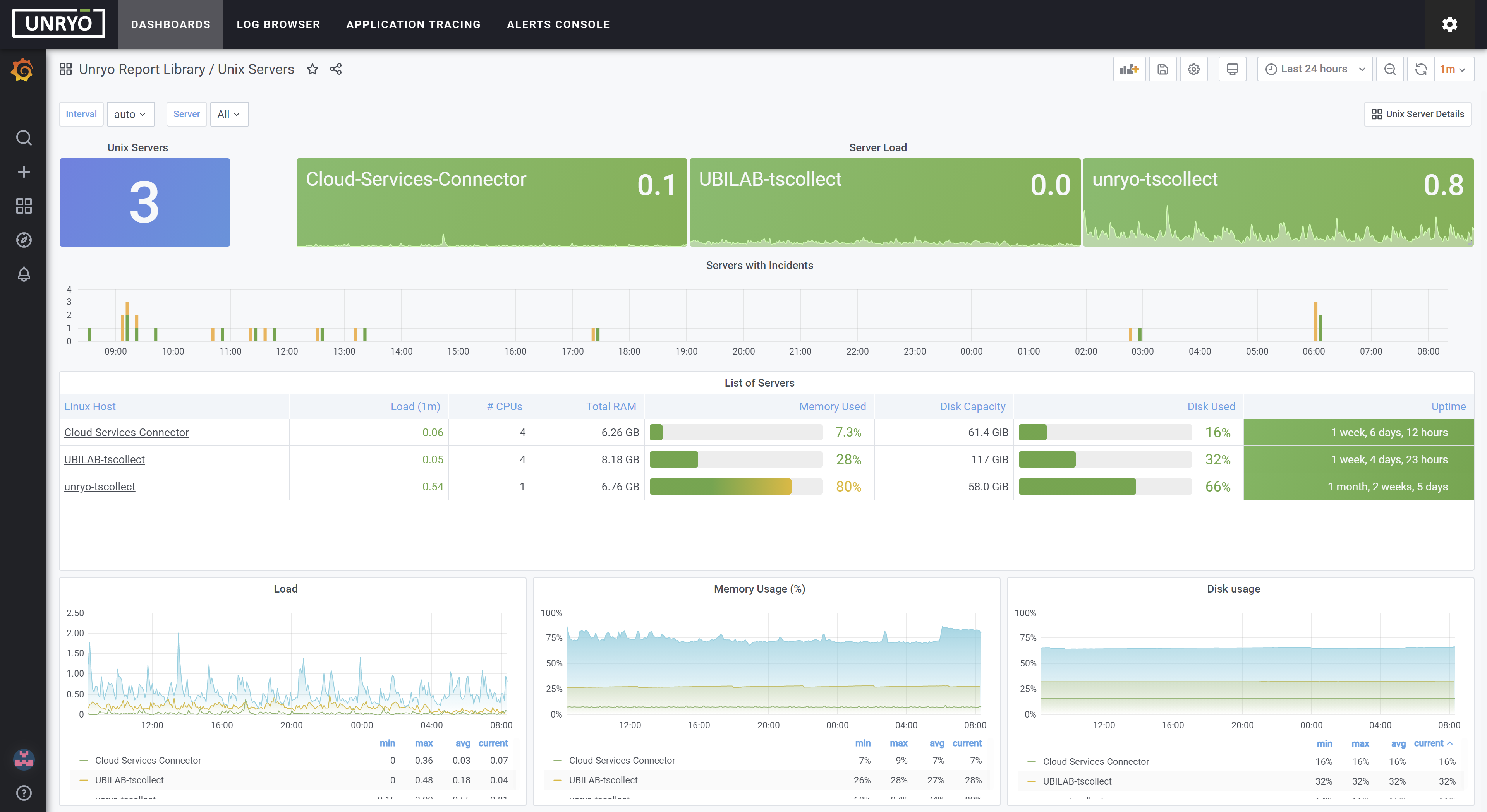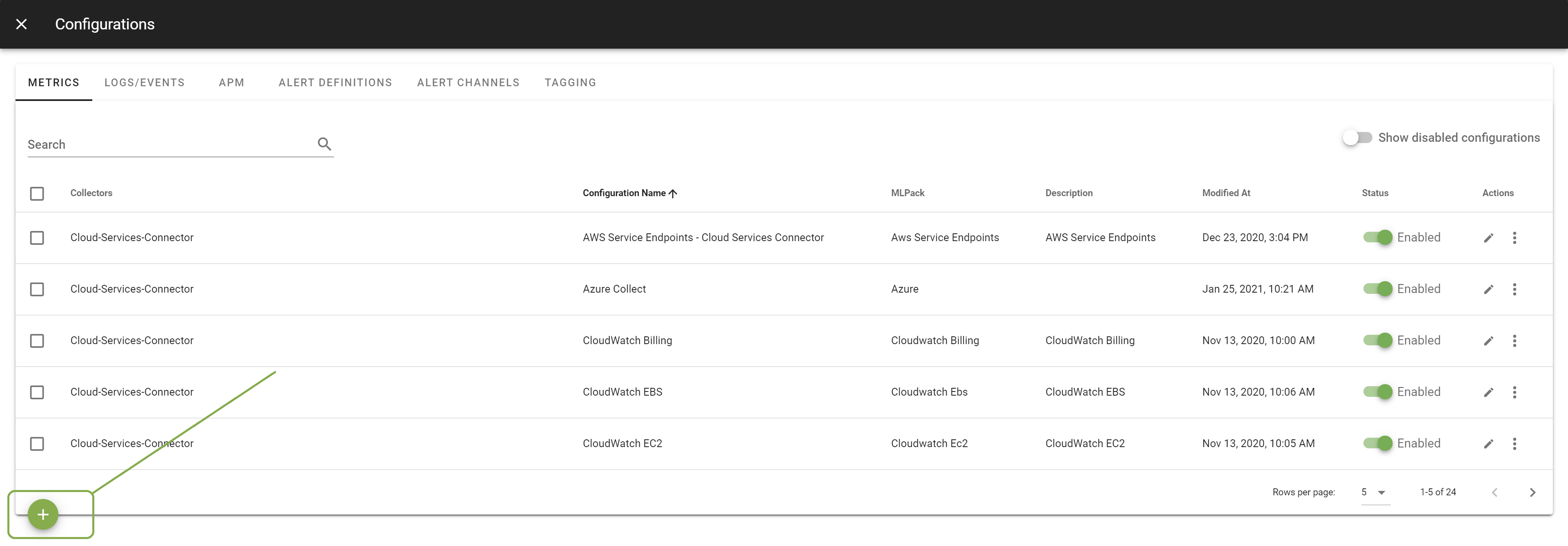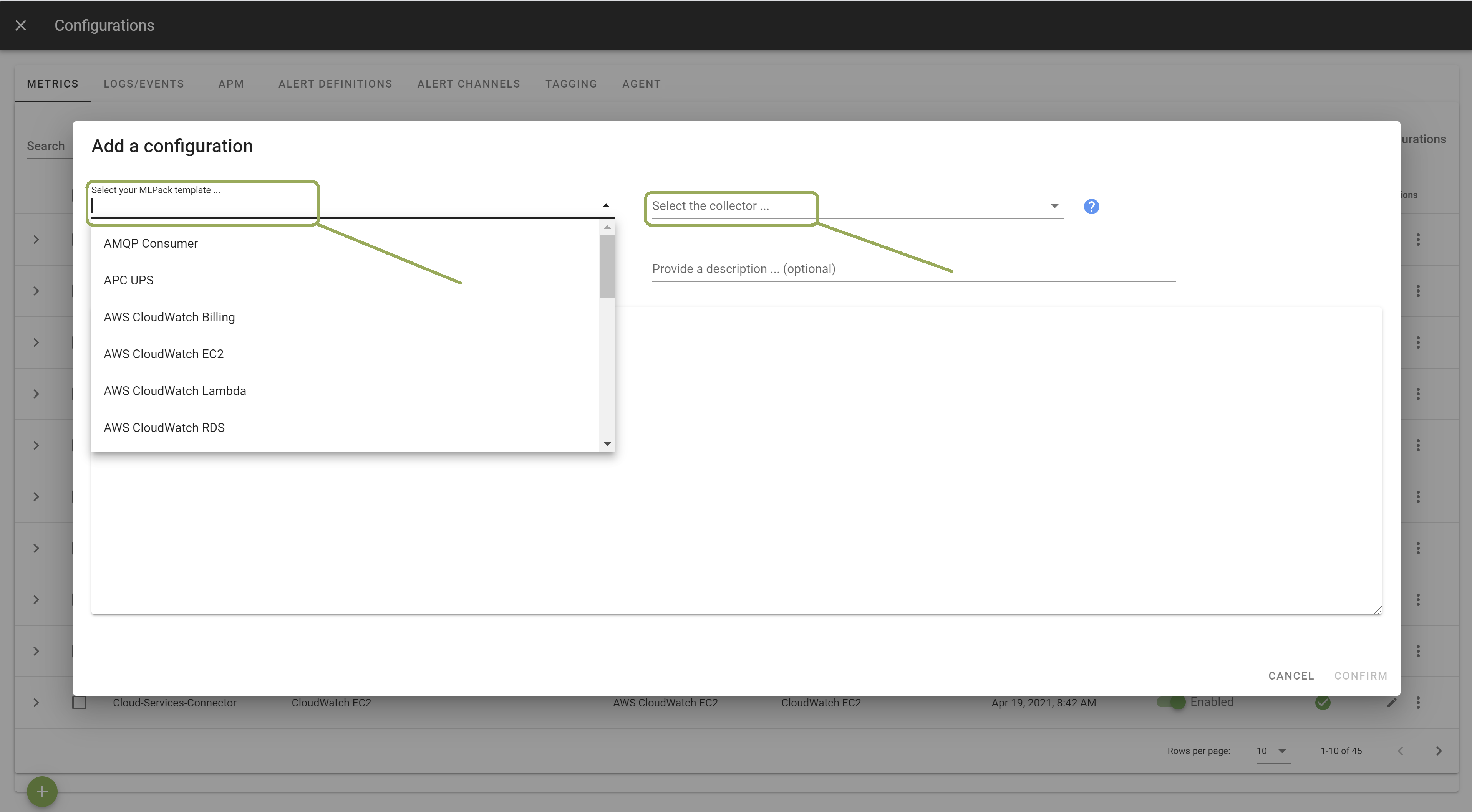Linux
Linux#
Overview#
Unryo monitors your Linux hosts with statistics on processor, disk, swap, processes, logs and more.
You can monitor your Linux host in multiple ways:
- SNMP polling: you configure an Unryo collector to poll remotelly one or multiple Linux hosts (using SNMP queries).
- Unryo local agent: you install an Unryo agent locally on each Linux host you want to monitor.
- Prometheus Node Exporter: you run Node Exporter as a service on your Linux hosts, then the Unryo collector scrape metrics from the Linux servers directly.
- Prometheus Server: you run Node Exporter as a service on your Linux hosts and configure a Prometheus server to scrape metrics from them. Then, the Unryo collector communicates with the Prometheus server (PromQL queries) to retrieve metrics.

Monitoring Linux Servers with SNMP#
Prerequisites#
Install snmp and snmpd on every Linux host you want to monitor
sudo apt-get update && sudo apt-get install snmp snmpd
Install MIBS files
Installing mibs file downloader:
sudo apt-get install snmp-mibs-downloader
Install mibs files:
sudo download-mibs
Edit configuration file
Open the file in an editor:
sudo vi /etc/snmp/snmpd.conf
Edit the agentAdress at line 15
from:
agentAddress udp:127.0.0.1:161
to:
agentAddress udp:161
Edit view configuration
from:
view systemonly included .1.3.6.1.2.1.1
view systemonly included .1.3.6.1.2.1.25.1
to:
view systemonly included .1.3.6.1.2.1.1
# view systemonly included .1.3.6.1.2.1.25.1
view systemview included .1.3.6.1.2.1.25
Edit rocommunity remove on both line 51 and 53 the flag -V systemonly and rename the public rocommunity to your community string of choice.
from:
rocommunity public default -V systemonly
rocommunity6 public default -V systemonly
to:
rocommunity unryocommunity default
rocommunity6 unryocommunity default
Comment IPv6 resolving around line 53.
from:
# rocommunity6 public default
Start snmpd service#
Start service:
service snmpd start
Restart service:
service snmpd restart
Verify Setup#
Retrieve the private address:
ifconfig
Then run the following snmpwalk command to validate the setup:
/usr/bin/snmpwalk -v 2c -c <rocommunity_string> <ip_address> 1.3
Configuration#
Go in Configuration Management.

Click on the + button to add a new configuration.

Select the template Linux SNMP. Select the Collector on which you want this configuration to be deployed; and provide a Configuration Name that is meaningful for you. The Description is optional.

In the template, enter the correct settings for your Linux server(s). Other configuration options are possible. Browse the template to discover them.
Once done, click Apply to start the monitoring.
Metrics#
| Categories | Metrics |
|---|---|
| OS statistics | CPU usage, Load, Memory, File Systems, Swap, Network Statistics, ... |
| Process Monitoring | Monitor a specific process for health, presence or absence. |
| File Monitoring | Collect statistics about given file(s): presence, size in bytes, modification time |
| Script Execution | Read metrics from one or more commands |